As winter fades away and the chill begins to lift, March heralds a fantastic opportunity for gardening enthusiasts, especially those in USDA Hardiness Zone 8. This zone, characterized by its mild winters and long growing seasons, allows gardeners to cultivate a diverse array of fruits and vegetables.
If you’re looking to make the most of your garden this month, this guide will provide you with indispensable insights ranging from soil preparation to harvest timelines, ensuring your gardening experience is both fruitful and enjoyable.
Understanding USDA Zone 8
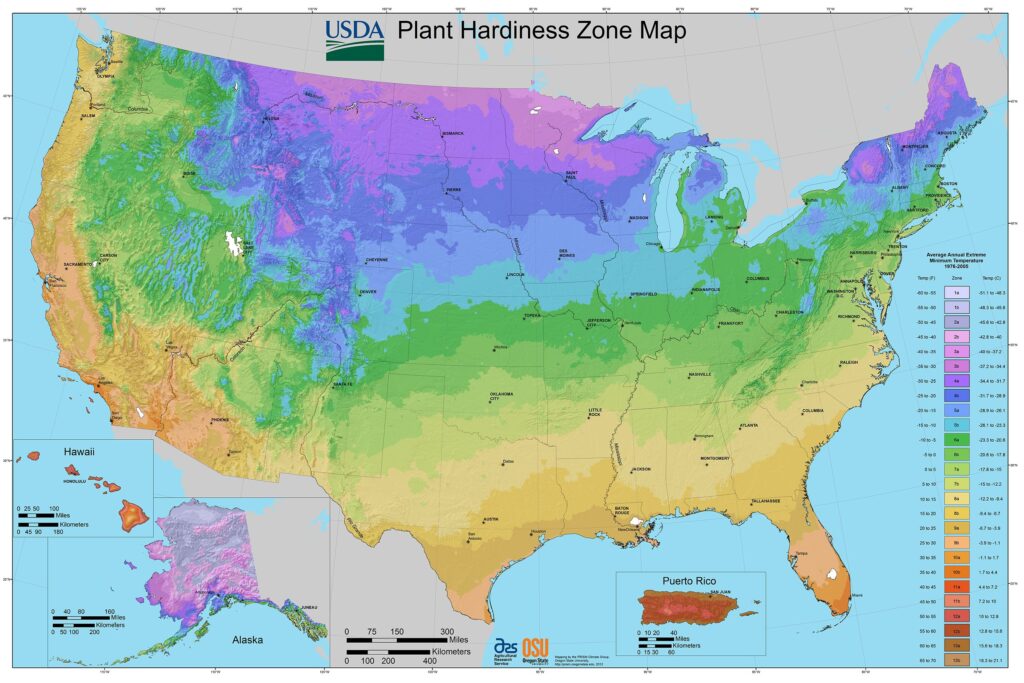
Before diving into the specifics of March gardening, it’s essential to understand what USDA Zone 8 entails. Generally, this zone experiences a climate with average minimum winter temperatures between 10°F to 20°F (-12°C to -6°C). The growing season often spans from early March to late November or even December, providing ample time for various crops to flourish. Understanding your zone helps you select appropriate plant varieties that can thrive in your specific environmental conditions.
Preparing Your Garden for March Planting
Before planting, it’s vital to prepare your garden. This includes testing your soil, amending it as necessary, and clearing the ground of debris and old plant material. A balanced pH level (around 6.0 to 7.0) is ideal for most plants, so investing in a soil test kit can be immensely helpful. Additionally, enriching your soil with compost or well-rotted manure will enhance its fertility and structure, promoting healthier root growth.
Fruits to Plant in March
As the landscape begins to awaken from its winter slumber, March presents an ideal time to start planting fruit-bearing plants. Whether you have a large garden or are working with limited space in containers, there are numerous fruitful options to consider. Planting fruit trees, shrubs, or vines now can lead to rewarding harvests later in the season. Understanding the requirements and characteristics of each fruit type will greatly assist you in creating a fruitful garden. Below is a list of some fruits that you can successfully sow and nurture during this month.
Plums
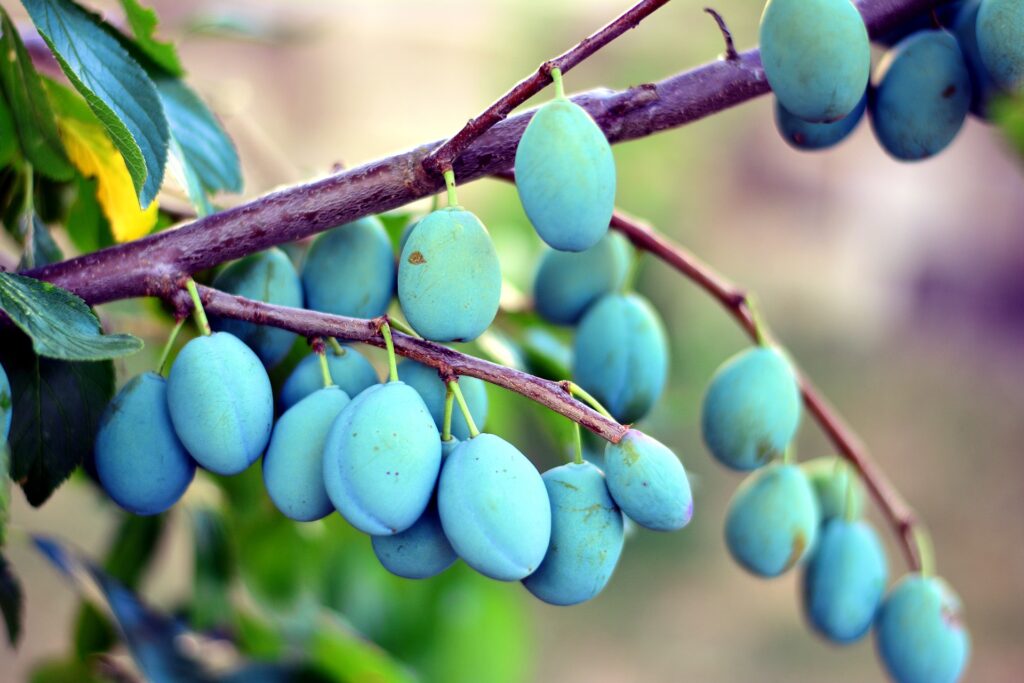
Sowing Method: Container-grown
Transplant Outdoors: March-April
Harvest: Late summer to fall
Notes: Choose dwarf varieties for smaller spaces, as these require less room without sacrificing fruit production. Plums thrive in full sun and benefit from well-drained soil.
Plum trees are not only beautiful but also produce sweet, juicy fruits that can be enjoyed fresh or used in jams and desserts. Container-grown plums are an excellent choice for those with limited garden space. By planting in March, you allow sufficient time for the trees to establish roots before the summer heat arrives. Ensure that they are planted in a sunny spot with good air circulation, as this will help prevent diseases like brown rot.
Cherries
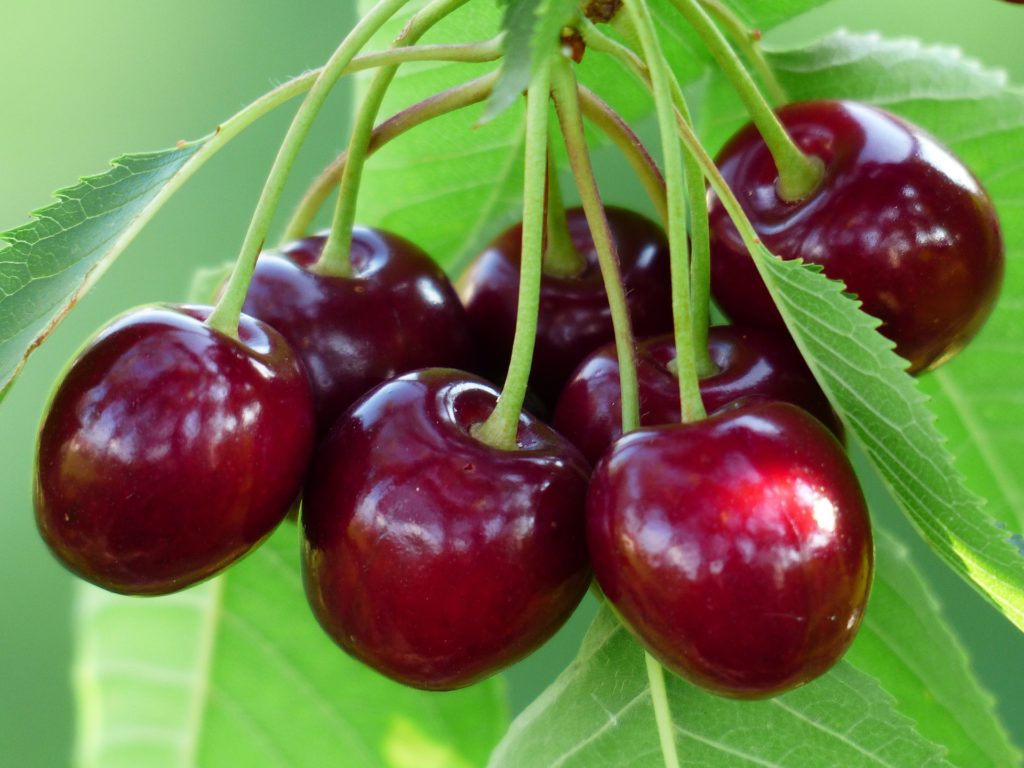
Sowing Method: Container-grown
Transplant Outdoors: March-April
Harvest: Late spring to early summer
Notes: Select varieties with low chilling hour requirements to ensure successful fruiting in warmer climates. Make sure to prune regularly to encourage better air circulation and minimize disease.
Cherry trees add a vibrant splash of color to the garden, with their beautiful blossoms in springtime. March is the perfect time to plant container-grown cherry trees, especially in Zone 8, where the temperatures are generally favorable for rooting. When selecting cherry varieties, consider those that require fewer chilling hours to thrive, allowing for fruitful harvesting as early as late spring. Regular pruning is essential to maintain the tree’s health, increase fruit yield, and enhance airflow.
Blueberries
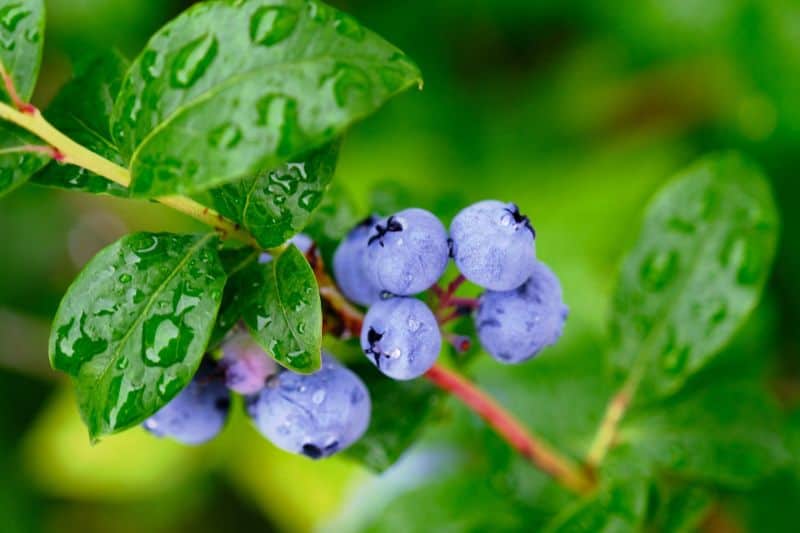
Sowing Method: Bare-root or container-grown
Transplant Outdoors: March-April
Harvest: Mid-summer to fall
Notes: Amend the soil with organic matter, such as peat moss, to create acidic conditions that blueberries love. Also, install support structures to keep the plants upright and facilitate harvesting.
Blueberries are not only delicious but also packed with antioxidants, making them a popular choice for many home gardens. Planting in March allows blueberry plants to establish before the summer heat. They thrive in acidic soil, so ensure you amend your planting area with plenty of organic matter to create the right environment. Using containers can help control soil acidity and make it easier to manage plant health. Implementing a support structure will also aid in the harvesting process as the bushes mature and bear fruit.
Raspberries (Everbearing)
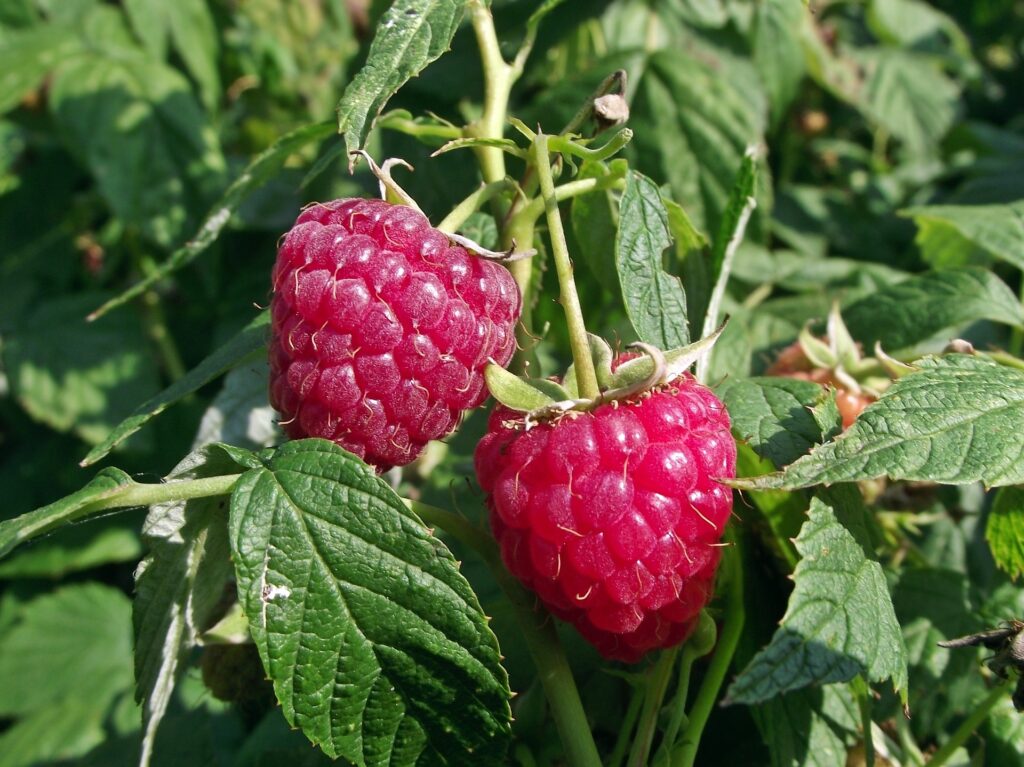
Sowing Method: Bare-root or container-grown
Transplant Outdoors: March-April
Harvest: Spring, summer, and fall
Notes: Opt for everbearing varieties for a prolonged harvest. This means you can enjoy fresh berries throughout the growing season. Provide a trellis to support the canes.
Raspberries are a favorite among many gardeners due to their sweet flavor and ease of cultivation. By planting in March, you can take advantage of the spring weather to ensure a stronger yield. Everbearing varieties allow for multiple harvests throughout the season, making them ideal for continuous snacking. Supporting the canes with a trellis not only keeps fruits off the ground for easier picking but also improves air circulation around the plants, reducing the risk of disease.
Blackberries (Thornless)
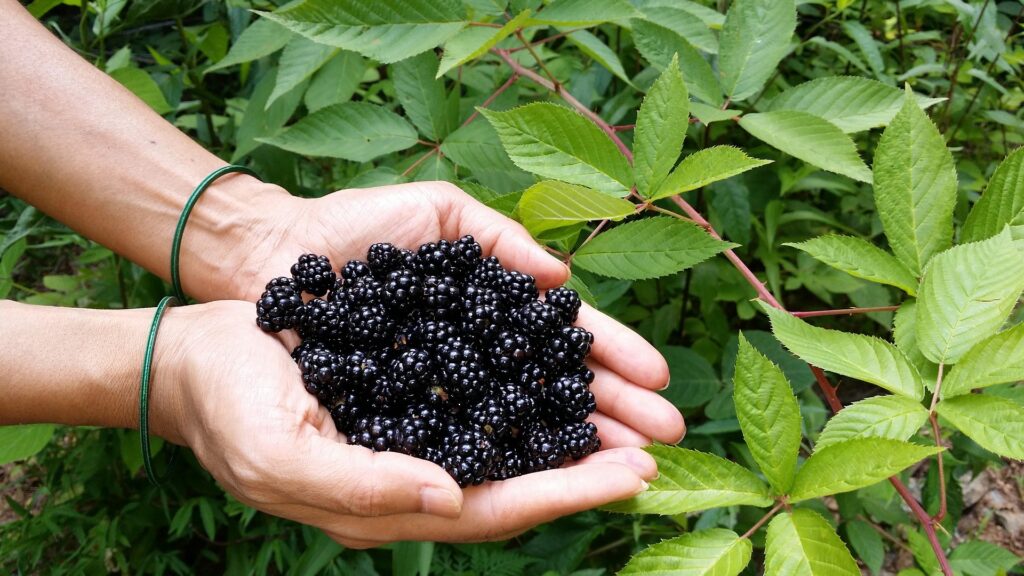
Sowing Method: Bare-root or container-grown
Transplant Outdoors: March-April
Harvest: Summer to fall
Notes: Thornless varieties make for easier maintenance and harvesting. Just like raspberries, a trellis system will help manage the plants’ growth.
Blackberries are wonderful additions to any garden, producing sweet, juicy berries that can enhance desserts and jams. Thornless varieties are particularly beginner-friendly, minimizing the risk of scratches during harvesting. Getting them into the ground in March will allow them to take root well before the summer heat sets in. As with raspberries, installing a trellis system will not only make harvesting simpler but will also keep the berries cleaner and less prone to rot.
Strawberries (Early-Season)
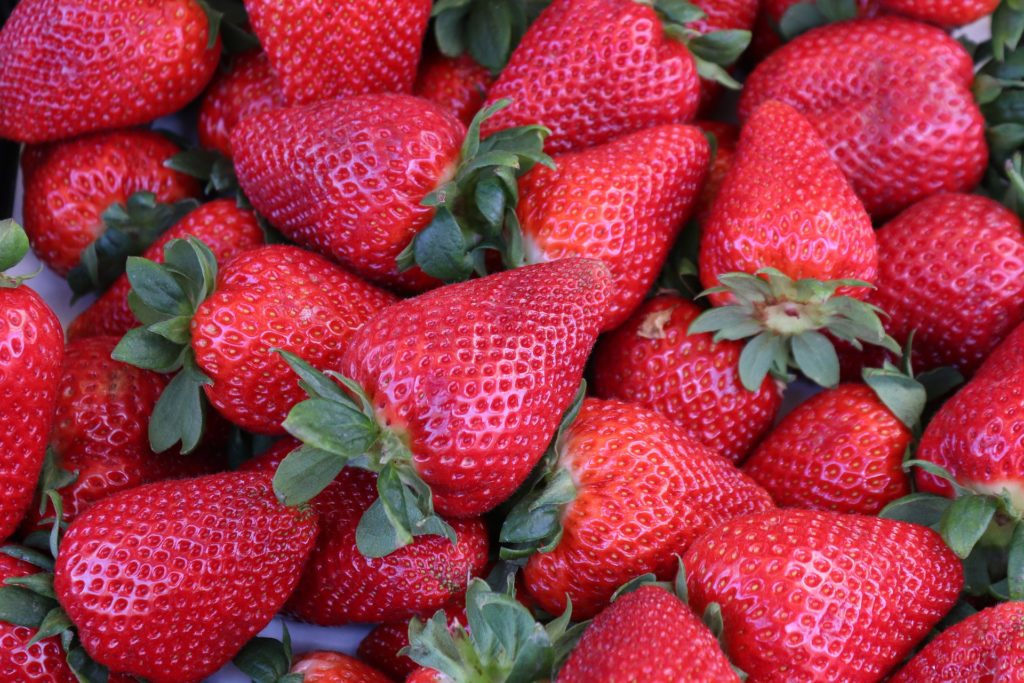
Sowing Method: Bare-root or container-grown
Transplant Outdoors: March-April
Harvest: Late spring to early summer
Notes: Mulch heavily to retain moisture and suppress weeds. Consider using drip irrigation to ensure consistent moisture without waterlogging the roots.
Strawberries have a special place in the hearts of many gardeners for their sweet flavor and versatility. March planting allows these perennial favorites to establish their root systems early, leading to sweet harvests in late spring to early summer. Strawberries prefer well-drained soil and benefit from heavy mulching to keep moisture locked in and weeds at bay. Implementing a drip irrigation system can provide consistent moisture directly to the roots while avoiding soggy conditions that could lead to rot.
Vegetables to Plant in March
As March rolls in, many gardeners turn their attention to vegetable planting. The mild temperatures provide ideal conditions for various cool-weather crops, setting you up for a bountiful harvest. Direct sowing seeds or transplanting young seedlings now can result in an abundant supply of fresh vegetables during the warmer months. Understanding the growing conditions and care for each vegetable type can enhance your gardening success. Below, you will find a collection of vegetables that thrive in March planting.
Broccoli
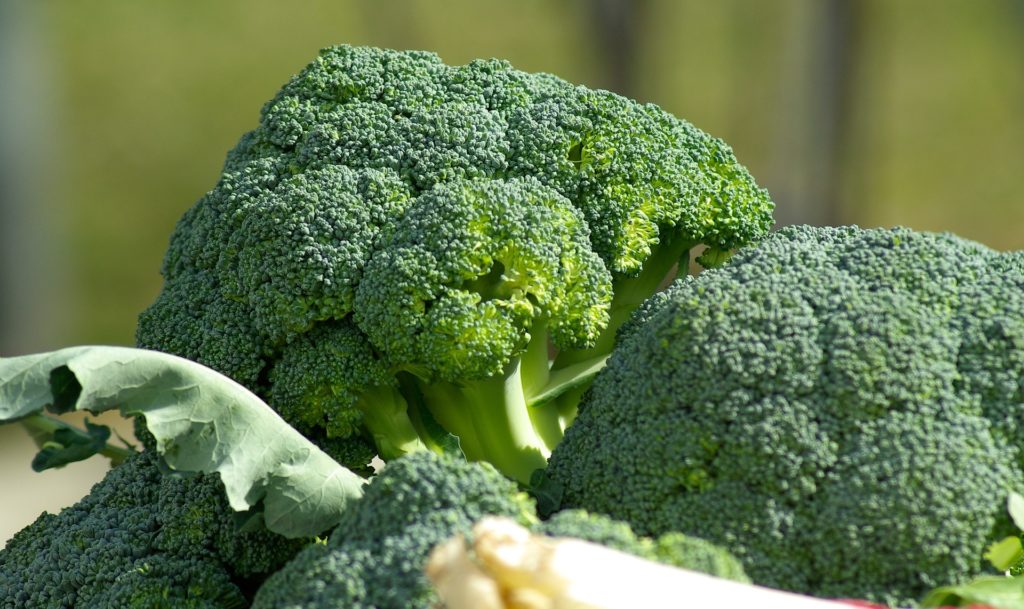
Sowing Method: Seed indoors (6-8 weeks before last frost)
Transplant Outdoors: March
Harvest: May to June
Notes: Harden off seedlings before transplanting to acclimatize them to outdoor conditions. Broccoli prefers cool temperatures, making early spring planting ideal.
Broccoli is a nutrient-dense vegetable that thrives in cooler temperatures, making it perfect for early planting in March. By starting seeds indoors, you ensure the plants are ready to be transplanted as soon as the soil is workable. Harden off your seedlings gradually to help them adapt to outdoor conditions, which boosts their chances of success. When planted in the cool of early spring, broccoli can produce large, healthy heads well before the heat of summer rolls in.
Cauliflower
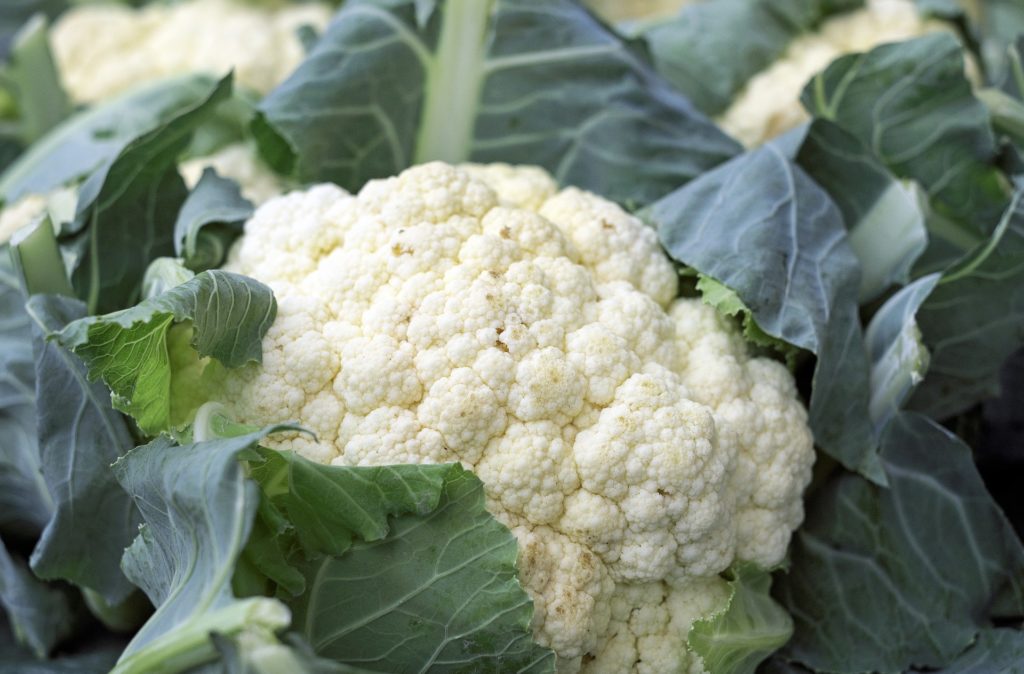
Sowing Method: Seed indoors (6-8 weeks before last frost)
Transplant Outdoors: March
Harvest: June to July
Notes: Provide cool soil and consistent moisture to help produce large, dense heads. Harvest when the heads are firm and tight for the best flavor.
Cauliflower, much like its cousin broccoli, thrives in cooler weather. Starting seeds indoors gives you a head start, enabling you to transplant seedlings in March when conditions are right. Pay special attention to soil temperature and moisture; cauliflower prefers consistent growing conditions to develop its large, dense heads. This vegetable not only adds variety to your garden but also elevates your meals with its unique flavor and health benefits.
Kale
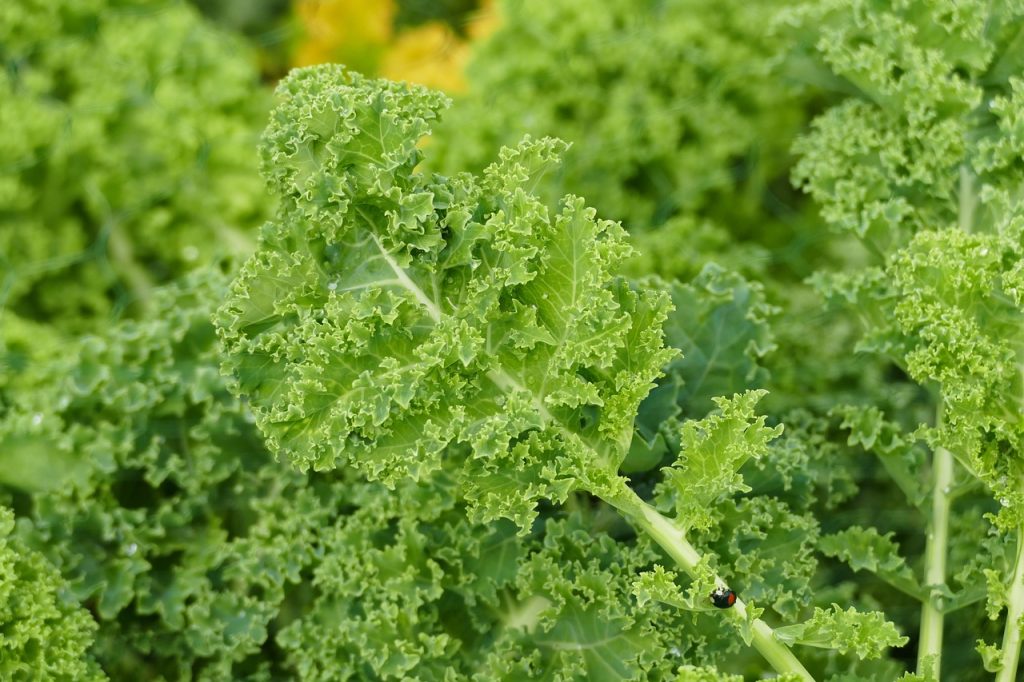
Sowing Method: Seed indoors (4-6 weeks before last frost)
Transplant Outdoors: March
Harvest: April to May
Notes: Kale can thrive in cooler temperatures and can be harvested continuously by taking individual leaves. This practice encourages new growth throughout the season.
Kale is a highly nutritious leafy green that can withstand cooler temperatures, making it well-suited for March planting. By starting seeds indoors, you can ensure that your plants are established and ready to be transplanted for a spring yield. One of the outstanding features of kale is its ability to be harvested continuously; simply pick the outer leaves, allowing the plant to grow new ones, thus prolonging your harvest throughout the season. This method provides fresh greens for salads and smoothies with minimum effort.
Lettuce
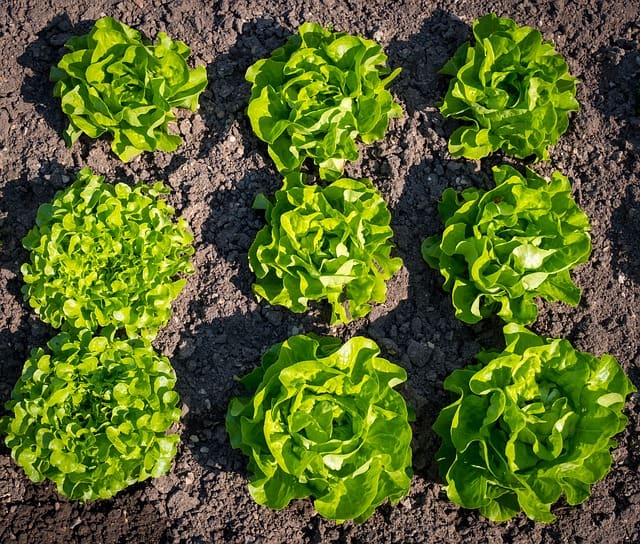
Sowing Method: Direct sow
Transplant Outdoors: March-April
Harvest: April to May
Notes: Choose loose-leaf varieties for a longer harvest season. Sow seeds in intervals to enjoy a steady supply of fresh lettuce.
Lettuce is a quick-growing crop that is perfect for beginners. March marks the beginning of the lettuce-growing season in Zone 8, and because it thrives in cooler weather, direct sowing seeds now will yield tender greens before the heat sets in. When selecting lettuce varieties, opting for loose-leaf types allows for extended harvesting since you can pick the outer leaves and leave the inner ones intact for future growth. Sowing seeds at intervals will also ensure a continuous supply of fresh lettuce throughout the spring.
Peas
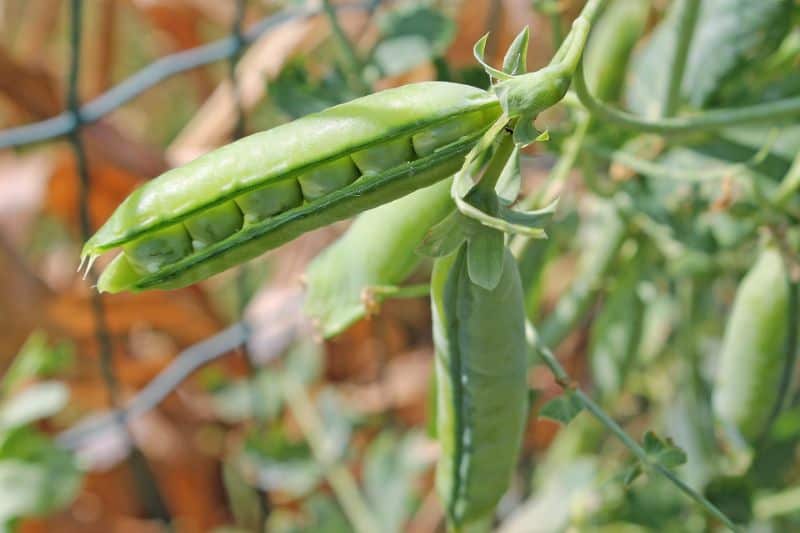
Sowing Method: Direct sow
Transplant Outdoors: March
Harvest: April to May
Notes: For continuous production, sow seeds every two to three weeks. Peas thrive in cool weather, making March planting ideal.
Peas are an excellent crop for early spring planting, particularly in the milder conditions of Zone 8. They are a cool-season crop and can be sown directly into the ground in March. To maximize your harvest, consider sowing seeds every two to three weeks, which allows for a continuous supply of fresh peas for meals and snacks. As they grow, providing a trellis or support will help keep the plants upright and make harvesting easier.
Radishes
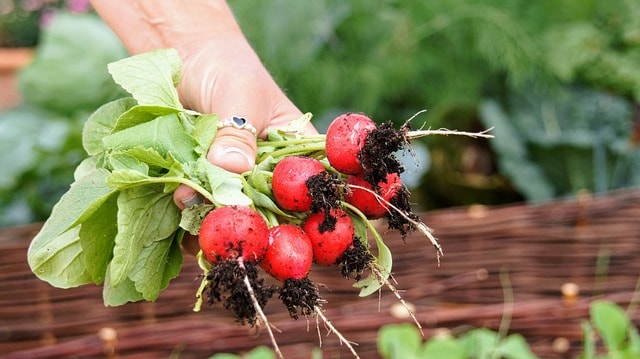
Sowing Method: Direct sow
Transplant Outdoors: March
Harvest: April to May
Notes: Enjoy radishes when they are young and tender for the best flavor and texture. They grow quickly, often ready to harvest just a few weeks after sowing.
Radishes are one of the fastest-growing vegetables you can plant in March. They thrive in cool weather and can be direct-sowed into the garden for a quick return on investment. This vegetable has a short maturation time, often ready to harvest within a few weeks, making them ideal for impatient gardeners. Radishes are best enjoyed young when they are crispy and full of flavor, so keep an eye on them as they grow to catch them at their peak.
Spinach
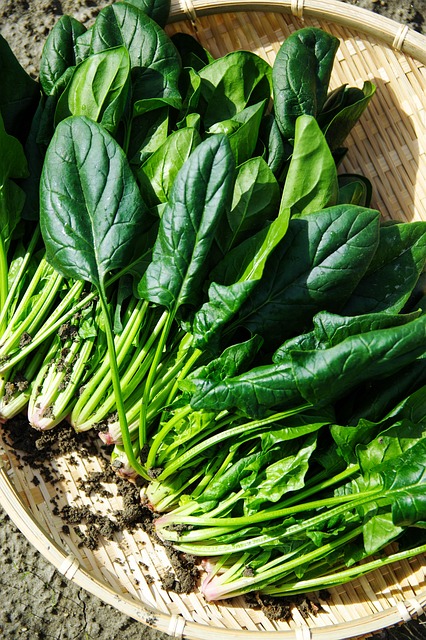
Sowing Method: Direct sow
Transplant Outdoors: March
Harvest: April to May
Notes: Spinach benefits from cool weather and can be harvested continuously throughout its growing season. Plant in successive intervals for a longer harvest.
Spinach is another leafy green that thrives in cool conditions, making it perfect for March planting. Direct sowing seeds into well-prepared soil ensures that your spinach will establish quickly, taking advantage of the cooler temperatures. Spinach can also be harvested multiple times—by picking individual leaves rather than cutting the entire plant—providing you with a bountiful supply of fresh greens throughout the spring. Consider sowing seeds at intervals to maximize your harvest and keep a steady supply in the kitchen.
Swiss Chard
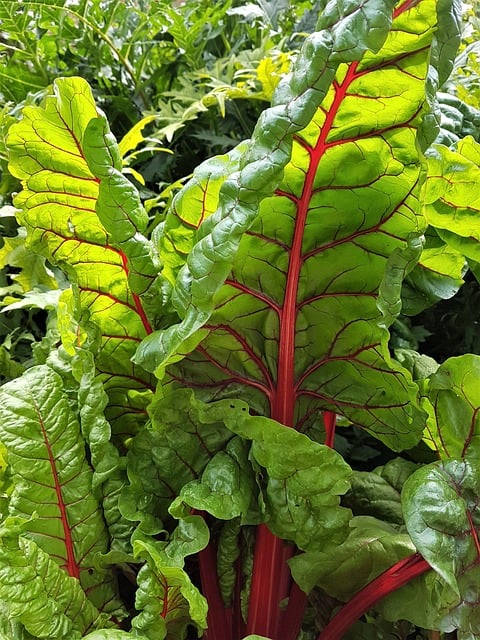
Sowing Method: Seed indoors (4-6 weeks before last frost)
Transplant Outdoors: March
Harvest: May to June
Notes: Space plants generously to allow for their broad leaves to thrive. Swiss chard is both nutritious and resilient, adapting well to varied conditions.
Swiss chard is a hardy, nutrient-rich green that offers a well-balanced touch to your garden. By starting seeds indoors, you ensure healthy plants are ready to be transplanted in March when the conditions are favorable. It is vital to space the seedlings properly to allow their broad, luscious leaves to flourish. Swiss chard is known for its ability to tolerate heat and cool temperatures, making it a resilient choice for any beginner.
Turnips
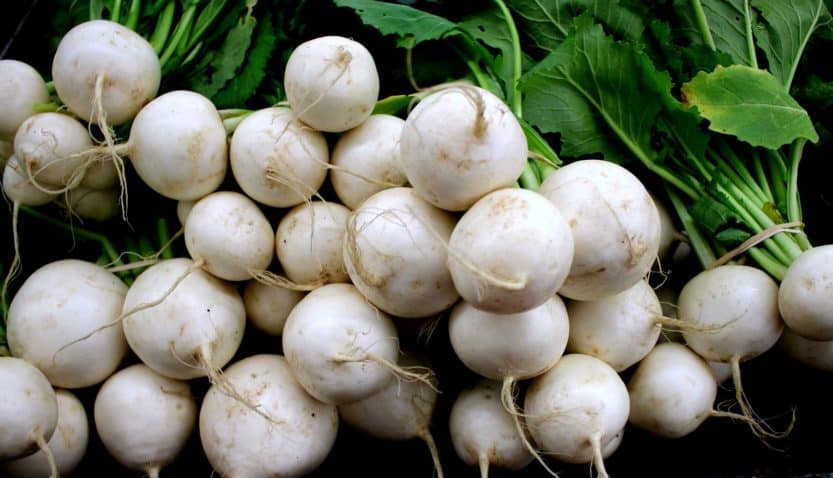
Sowing Method: Direct sow
Transplant Outdoors: March
Harvest: May to June
Notes: Thin seedlings to provide adequate space for the roots to grow. Young turnips have a sweeter flavor, so consider harvesting them early.
Turnips are a versatile root vegetable that can be sown in March for a late spring harvest. Direct sowing seeds into well-prepared soil allows them to establish quickly. It is important to thin seedlings as they grow to ensure that the developing roots have enough space. Young turnips tend to be sweeter and more tender than older ones, so harvesting them early can lead to a more pleasant flavor for your culinary endeavors.
Future Gardening Considerations for Vegetable Varieties
Gardening often requires planning ahead, especially when it comes to summer crops that thrive in the warmer months. With March being a time for planting cool-weather vegetables, consider which warm-season crops you would like to start planning for mid-May. Preparing the way for these future plants can heighten your garden’s productivity and extend your harvest season even further.
Beans (Bush)
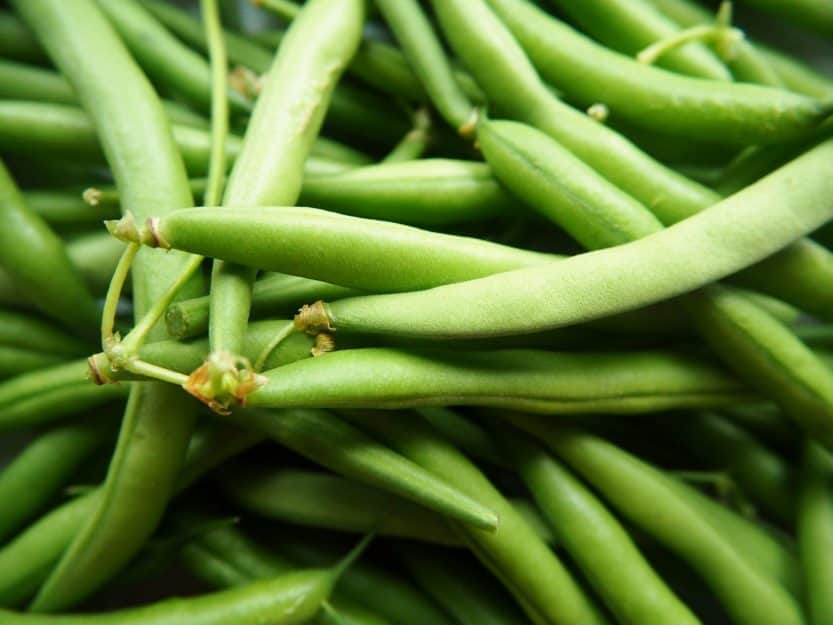
Sowing Method: Direct sow
Transplant Outdoors: Mid-May
Harvest: June to August
Notes: Choose heat-tolerant varieties for summer planting. Beans are excellent for nitrogen-fixing in the soil, enriching it for future crops.
Bush beans are a fantastic option to consider for mid-May planting. These plants thrive in warmer temperatures and will benefit from the preceding cool-weather crops, as beans are excellent nitrogen-fixers. This means that they enrich the soil for subsequent plantings, providing nutrient boosts that can be advantageous for your garden’s health. Plan your garden layout in such a way that the bush beans can follow your early spring crop, ensuring that you make the most of your garden’s bounty.
Corn (Sweet)
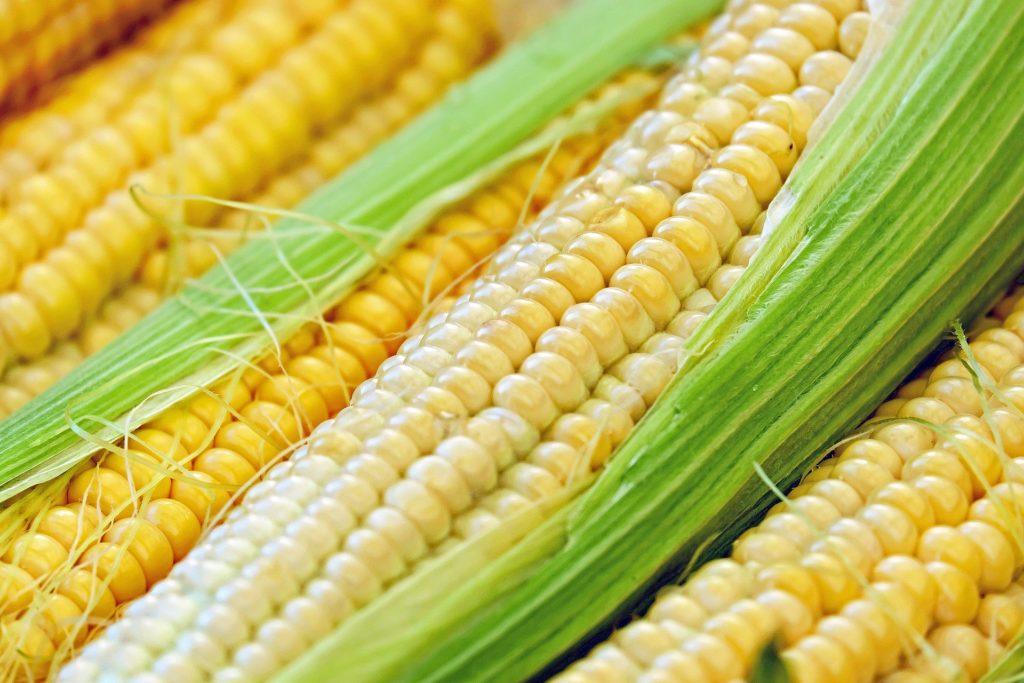
Sowing Method: Direct sow
Transplant Outdoors: Mid-May
Harvest: July to September
Notes: Plant in blocks rather than rows for better pollination and increased yield. Sweet corn loves full sun and tends to grow quite tall.
Sweet corn is a beloved summer crop that can be planted in mid-May for a bountiful harvest. It requires warm soil, plenty of sunlight, and consistent moisture to grow high and healthy. When considering your planting layout, plant corn in blocks rather than rows to aid in pollination. This arrangement will result in a better yield since corn is wind-pollinated and benefits from close proximity among its plants.
Cucumbers
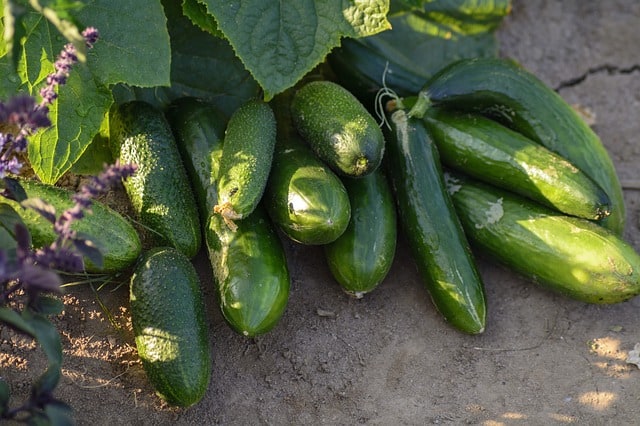
Sowing Method: Direct sow
Transplant Outdoors: Mid-May
Harvest: July to August
Notes: Consider providing a trellis for climbing varieties. Cucumbers need plenty of moisture, so consistent watering is key to preventing bitter fruits.
Cucumbers are a refreshing addition to summer salads, and by sowing them in mid-May, gardeners can ensure that they thrive in warm weather. Direct sowing seeds in well-drained soil will result in healthy, productive plants. Cucumber plants can take up a lot of space, so consider using vertical gardening techniques by adding trellises for climbing varieties. This technique not only saves space but also improves airflow around the plants, minimizing potential disease issues.
Eggplant
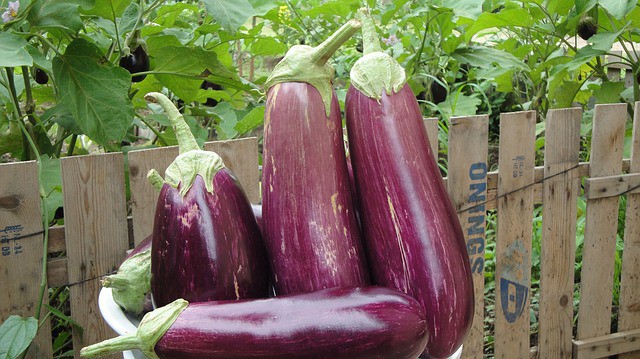
Sowing Method: Seed indoors (8-10 weeks before last frost)
Transplant Outdoors: Mid-May
Harvest: August to October
Notes: Harden off seedlings before transplanting. Eggplants thrive in warm weather and require plenty of sunlight.
Eggplant is a summer favorite that can be started indoors before being transplanted in mid-May. These heat-loving plants require plenty of sunlight and warmth, so ensuring that seedlings are transitioned gradually to outdoor conditions is critical for their success. Proper hardening off will prepare them for exposure to direct sunlight and fluctuating temperatures. With consistent care, you’ll be rewarded with vibrant fruits to enjoy in your dishes throughout the summer months.
Melons (Cantaloupe, Watermelon)
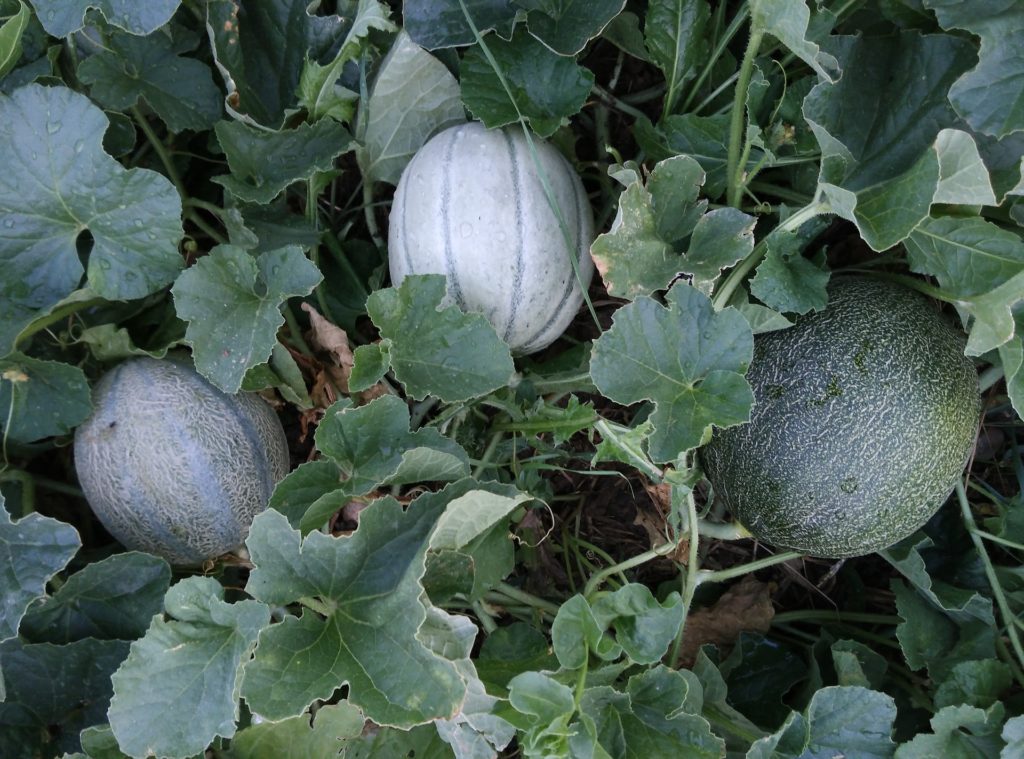
Sowing Method: Direct sow
Transplant Outdoors: Mid-May
Harvest: August to September
Notes: Melons require warm soil and full sun to develop their sweetness. They take up considerable space, so plan accordingly.
Melons, whether cantaloupes or watermelons, are a sought-after summer treat that requires ample warmth and sunshine for optimal sweetness. Beginning in mid-May is generally ideal for sowing seeds directly in the garden. These sprawling plants require plenty of space, so consider how to incorporate them into your layout—wide spacing or using a dedicated patch can lead to healthier specimens. Well-drained soil with good nutrient levels will support their growth through the summer.
Peppers
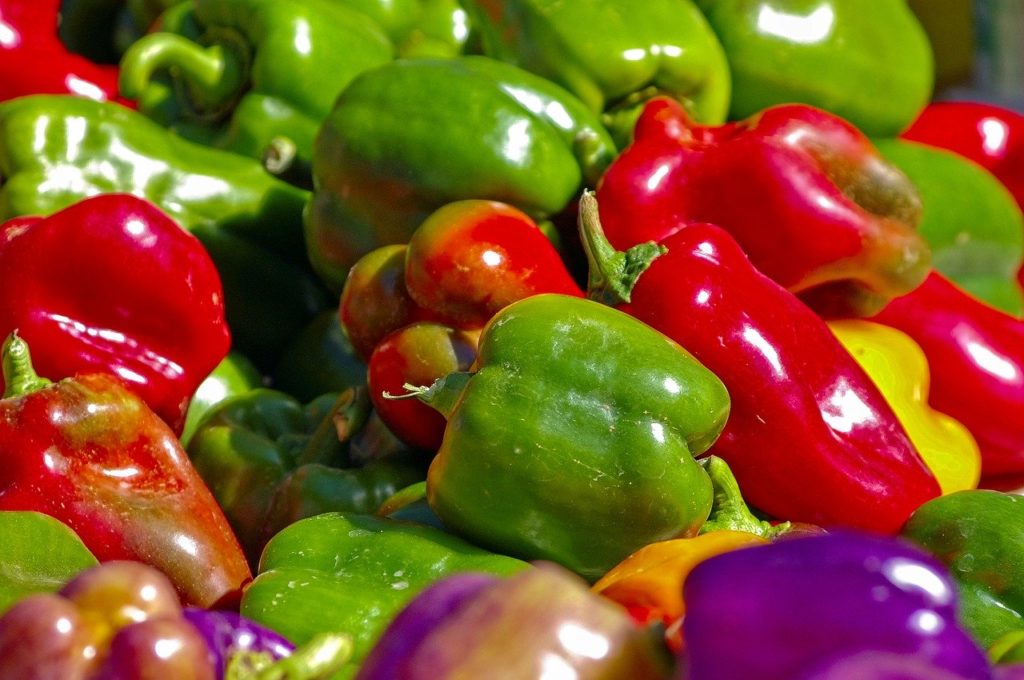
Sowing Method: Seed indoors (8-10 weeks before last frost)
Transplant Outdoors: Mid-May
Harvest: July to September
Notes: Choose varieties that suit your spice preference. Peppers benefit from steady watering and nutrient-rich soil.
Peppers add a unique spice to your garden and can be started indoors for an earlier harvest. By transplanting them outdoors in mid-May, gardeners can take advantage of the warm weather to enhance fruit production. When selecting pepper varieties, opt for those that match your taste preferences, whether they are sweet bell peppers or spicy jalapeños. Ensuring your peppers have consistent moisture and nutrient-rich soil will greatly improve your yields and the quality of the fruits.
Squash (Summer and Winter)
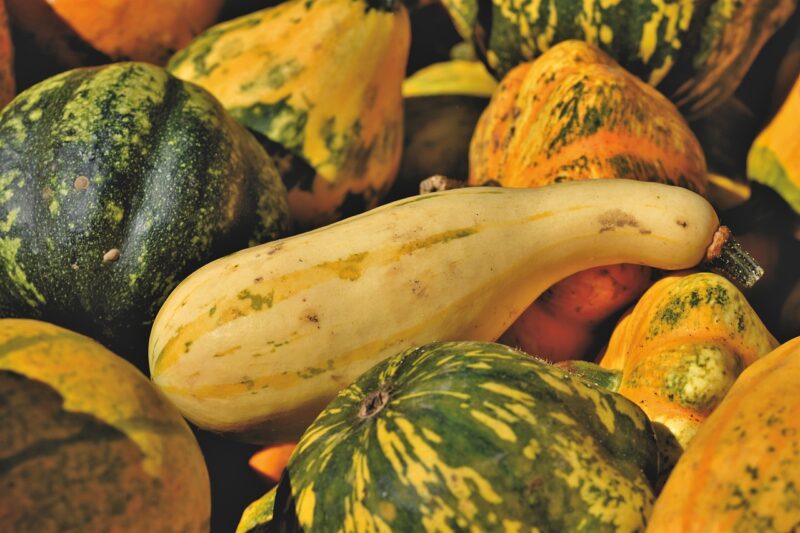
Sowing Method: Direct sow
Transplant Outdoors: Mid-May
Harvest: Summer or September to October (depending on the type)
Notes: Bush varieties save space in smaller gardens. Make sure to plant them in nutrient-enriched soil, as they are heavy feeders.
Squash is a versatile vegetable that can provide a robust harvest over the summer months. Both summer and winter varieties require mid-May planting for optimal growth in the warm season. When planning your garden, consider bush varieties if space is limited, as these plants can grow compactly. Since squash is a heavy feeder, ensuring your soil is rich in nutrients will promote healthy growth and flavorful fruits, yielding an abundance of harvests from your garden.
Tomatoes
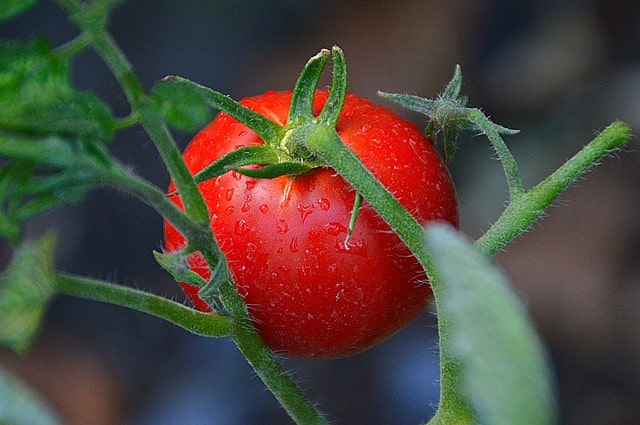
Sowing Method: Seed indoors (6-8 weeks before last frost)
Transplant Outdoors: Mid-May
Harvest: July to October
Notes: Consider staking or caging the plants for support as they grow. Tomatoes benefit from regular pruning and pinching to promote bushier growth and a more abundant yield.
Tomatoes are a quintessential garden vegetable, loved for their versatility and flavor. Starting seeds indoors gives you a significant jump on the growing season, allowing for mid-May transplanting when the risk of frost has passed. Due to their growth habit, it is advisable to stake or cage tomato plants for support, which helps prevent disease and makes harvesting more accessible. Regular pruning can also promote healthier plants and a greater yield, ensuring a steady supply of delicious tomatoes for your summer meals.
Conclusion
Gardening in Zone 8 during March opens up a wide selection of fruits and vegetables to cultivate, ensuring that gardeners—especially beginners—can find success with thoughtful planning and attentive care. By understanding the specific needs for planting, transplanting, and harvesting different varieties, you can maximize your garden’s potential.
Embrace the early spring warmth, prepare your garden beds, and get ready to sow the seeds of a fruitful growing season. As your plants flourish under your care, you’ll not only reap the rewards of fresh produce but also deepen your connection to nature and the satisfaction that comes with nurturing life from the soil.





